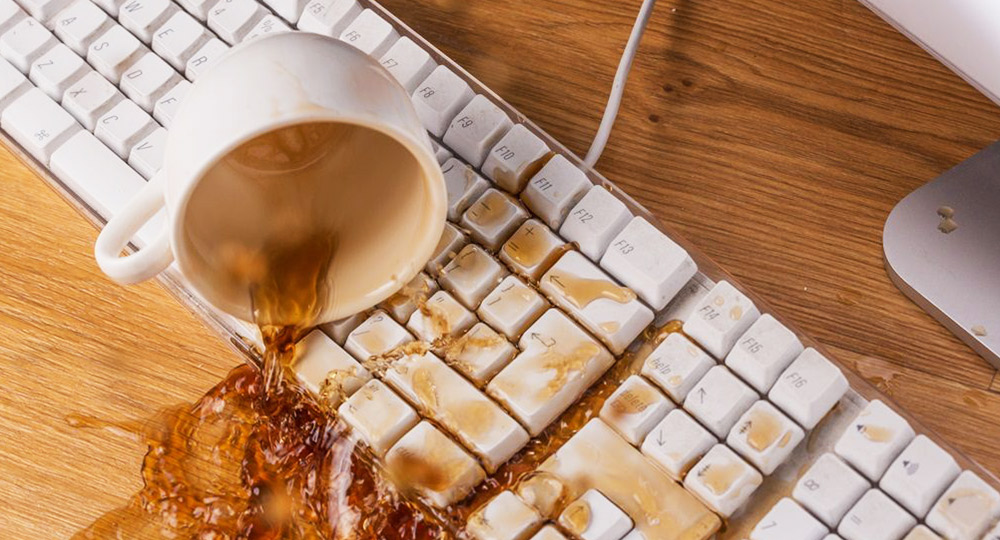Business Banking | February 18, 2019
There’s a common mentality among insurance policy holders: “It’s a fail-safe, but I probably won’t need it.”
Perhaps it’s denial, or perhaps it’s part of a natural self-preservation mentality. For whatever reason, many assume insurance is “for the other guy.” Someone else may need to make a claim someday, but I probably won’t.
While it’s good to take steps to reduce the likelihood of claims, it’s also good to know that many small businesses do indeed rely on their insurance coverage for incidents. In fact, a study by financial services company The Hartford revealed that 40% of small businesses incur property or liability losses each 10-year period.
What types of losses are businesses experiencing? Here are the top 10 insurance claims they make (and some tips on how to avoid them).
1. Theft
The top reason for small- business claims is burglary and theft. Some of these crimes are committed by outsiders. Others are the result of dishonest employee activity. Strong, consistent security measures and employee accountability can reduce the chances of these claims.
2. Water
Coming in second is damage caused by water from roof leaks, snow, ice, and frozen pipes. To minimize the risk of water damage, inspect roofing and plumbing features and perform maintenance regularly.
3. Wind
Hail and wind damage are frequent culprits when it comes to small-business damage. These elements can destroy equipment, buildings, and commercial vehicles. To protect assets, store vehicles and equipment indoors as much as possible.
4. Fire
Don’t underestimate the destructiveness of this force. Fire can cause major property damage and even wipe out a business. Always follow fire safety guidelines to ensure warning, extinguishing, and evacuation measures are up to date and fully operational.
5. Accidents
Customer slips and falls take the number five slot. Some businesses are more vulnerable to this risk than others. To minimize risk, keep interior and exterior walkways free of ice, water, debris, and damage.
6. Injuries/Damage
In addition to slips and falls, customers sometimes sustain other injuries or damage to their property. Establish protocols for creating a safe environment to reduce the chances of these occurrences.
7. Liability
Businesses that sell products run the risk of product liability claims. Perform proper testing before releasing anything to the public. Ensure consumer warnings and warranties are worded appropriately.
8. Objects
Some claims are the result of injuries caused by moving objects. Customers or employees may be struck by falling products, mobile equipment, or vehicles. Again, solid safety protocols can help keep your work environment accident-free.
9. Libel
A third party may sue a business for reputational harm. These claims resulting from libel and slander suits don’t account for a huge proportion of claims, but they still make the top 10. Businesses should use caution when mentioning anyone in media reports or marketing efforts in order to reduce the likelihood of libel claims.
10. Vehicles
Auto accidents complete the list of top small-business claims. To prevent these, small-business owners can enact a vehicle safety program. Proper training and qualifications for commercial vehicle operators is key.
Is your business prepared for these incidents? Do you have the appropriate policies in place? If you’re unsure, contact your insurance provider to review your policies and make sure your company is covered.
This article and any information contained herein is intended for informational purposes only and should not be construed as legal advice. The publisher will not be responsible for errors or omissions or any damages, howsoever caused, that result from its use. Seek competent legal counsel for advice on any legal matter.








 Email
Email